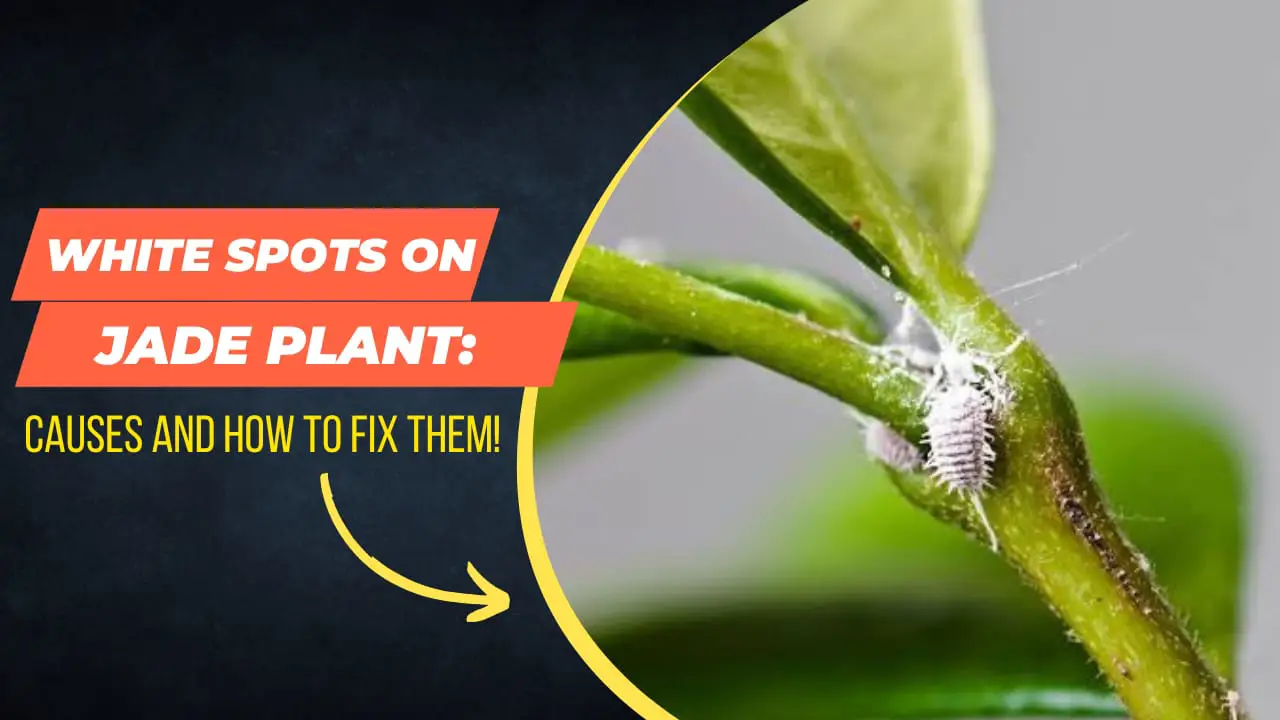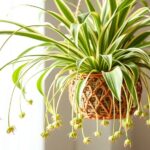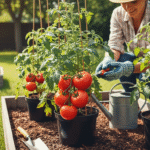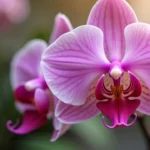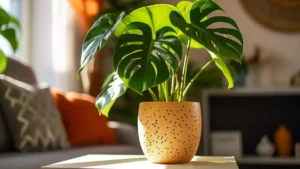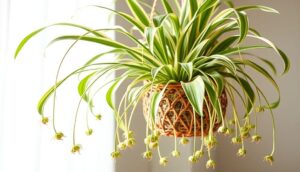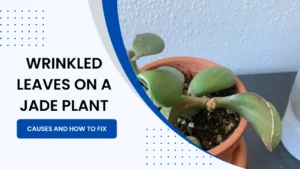If you are a bonsai enthusiast and a jade plant lover, then you must be worried about why your jade plants are having white spots.
And yes, we just love our plants and can’t watch anything bad happening to them. That is why in this article, I will discuss all the jade plant issues like what causes white spots on them, how to treat those issues, and what type of diseases are caused.
If you want to learn more about jade plants, then stay with me till the end, you will get to know everything, so, don’t worry, and let’s begin!
Table of Contents
Overview of Jade Plants
Jade plants are amazing indoor plants and are very easy to grow as bonsai. They have a long life strength if given proper care and attention to the plant. Jade plants adapt very well to warm and dry environments. They have thick, woody stems, and oval-shaped leaves with a height of three feet or more, which depends on how they are grown.
Keeping jade plants around the house as decor is very appealing. They give your home a cheerful, and lively appearance. During the growing season, it is crucial to provide the jade plants with enough water, and the soil should only be watered when it has entirely dried up. Because jade is so vulnerable to winter, it is best to grow it in pots and bring it indoors when the weather drops below freezing.
What Causes White Spots On Jade Plants?
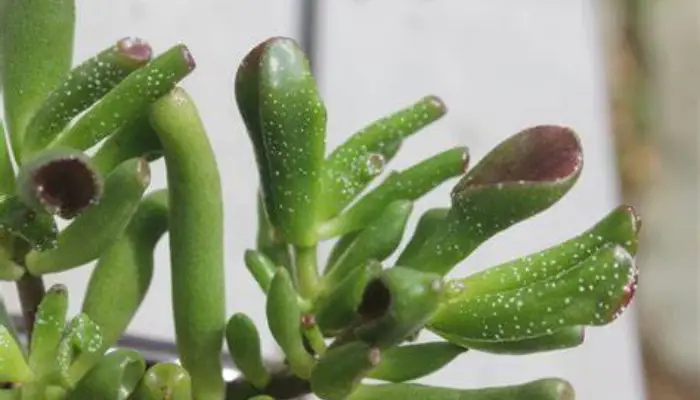
It is the most common question asked by the plant owners: why do jade plants form white spots on the leaves? The answer is that the white spots on jade plants include insect infestation, excessive salt excretion, and mold growth like powdery mildew. These mentioned issues are the prominent reason for white spots development. A few easy steps can help you identify and address each of these problems. Some of the causes why white spots are formed are listed below!
1. Watering With Hard Water
Hard water, which has a high calcium concentration, can be bad for your houseplants because the salts can eventually burn the roots, making it hard for the plant to absorb water and damage its general health. Let all of the water leak out of the opening if your plants have drainage.
2. Powdery Mildew
Powdery mildew usually occurs when there is improper circulation, excess humidity, low light, and cooler temperatures. Even overhead watering leaves foliage that should not stay too moist during the winter season for a long time which encourages the formation of fungus that further causes powdery mildew.
If you find powdery mildew at the early stage, then it can be treated much more easily. Usually, for indoor jade plants, a mixture of one tablespoon of baking soda, and one teaspoon of non-detergent soap combined with one gallon of water is sprayed on the leaves of the jade plants.
Use this remedy daily until you can’t see any powdery substance on the leaves of the jade plants. The powdery mildew produces spores which are controlled by the spray at an early stage. After spraying the mixture, ensure that the leaves dry within a few hours.
3. Excess Salts
All plants, with very few unusual exceptions, absorb water through their roots. Jade plants are suitable species for arid regions because they can store water in their fleshy, thick leaves. It absorbs salt from both the rain and groundwater.
When you water with a salty solution, the moisture that has been contained will escape through the leaves, leaving a salty residue on the leaf.
As a result, the pods on your jade plant have white spots on them. These can be simply removed with a gentle, moistened cloth, restoring the foliage’s look. These white spots become the early stage of the formation of powdery mildew. Overhead watering is also another reason that causes white spots as it leaves behind a residue of salt on the leaves.
The quickest approach to determine whether there is a fungal infection or too much salt in the soil is by wiping the leaves with a damp towel. After it’s cleaned, wait for a week for further results. Powdery mildew is most likely the cause of the spots starting to rapidly occur and begin to resemble fluffy fungus. It takes longer for salt deposits to reappear.
4. Insects Infections
It is the most common cause that occurs for jade plants. Insect infection in stems leads to chlororis formation. This situation occurs when the plant can produce chlorophyll and starts losing its color and strength. The common insects that attack the jade plants are spider mites and mealybugs. We have explained below why insect infections occur in jade plants.
5. Spider Mites
They are little red spiders that are camouflaged in the dirt and found hiding under the leaves. You can shake the jade plant and check to see if any spiders fall out to confirm that your plant is truly being attacked by spider mites. Additionally, you can recognize them by the white patches on the plant’s leaves, which are primarily web-like structures. Due to severe infection, you can afterward clearly see the web structure.
To prevent them from attacking the plant, apply a rubbing mixture of water and alcohol every three days a month to kill and eradicate the spider mites.
6. Mealy Bugs
Another prominent insect that attacks the jade plants is mealy bugs. It is one of the most frequent insect infestations in jade plants. Mealybugs have a small, flat, white look and can be recognized by this. They will try to bury themselves in the jade plant’s branch and stem.
First, you will have to identify where the mealybugs are located on the plant to remove them and further perform any required treatment to it. One popular treatment is to wipe the individual bugs and their eggs off the jade plant with rubbing alcohol and a cotton swab. Spraying the entire jade plant with a solution of rubbing alcohol and water every few days for a month is a protective approach.
7. Common ones
Aphids and thrips are two less frequent insects that still generate white patches on jade plants’ causing leaf damage. Spraying the entire plant in an open area with an equal mixture of rubbing alcohol and water will swiftly get rid of these bugs.
Traditional insecticides shouldn’t be used on jade plants because they can result in additional damage. The jade plant’s fleshy leaves will suffer if you use a potent insecticide.
How To Treat A Jade Plant?
Once you find the cause of the white spots on the jade plant, then accordingly, you can choose a method to treat the plant. Also, to prevent white spots, keep the plant in a fresh atmosphere. Treating the plant with the necessary steps will remove or avoid any white spot formation. There are some ways by which you can easily remove the white spots that we have mentioned below!
1. Correct Lighting requirements for jade plants
Every plant’s life depends heavily on lighting. The process of photosynthesis gives them the energy they need to produce their food. It’s important to give the plant sunlight, but not too much. Each plant needs different amounts of sunlight. Give the plant sunlight correctly because too much or too little sunlight can harm the plant.
Jade plants also need sunlight for around 5 to 6 hours a day for proper growth and development. If they do not get a fixed amount of direct sunlight throughout the day, then they will start to become leggy and may lose their strength. Less or excess light is not healthy for the plants and can also result in the formation of powdery mildew. So to avoid these conditions provide the jade plant with the preferred sunlight.
2. Fertilization requirements for jade plants
Fertilizers are essential for plants to protect them from white spot formation and better development of the plant. Fertilizers help in bringing a healthy environment for your jade plant. Jade plants should be fertilized regularly 2 to 3 times within a year. Moreover, fertilizers should be used effectively during the growing period of the jade plants for better nourishment.
A good supply of nutrients to the plant keeps it healthy and avoids any development of diseases or the attraction of insects. Fertilization plays a great role in the jade plant’s life.
3. Pruning requirements for jade plants
Pruning is necessary to preserve the health and proper growth of all plants, and bonsai. In essence, it is done to give the bonsai the desired structure or shape. Pruning is especially useful because it enables you to control the bonsai’s growth. With this process, you can modify the plant for straightforward growth.
Jade plants have a fast-growing strength, so to keep them in shape, pruning should be done more. With this, you can shape the plant into your desired shape and size. It will also help in cleaning unwanted and damaged leaves, which if kept further may cause white spots on the plant. You can also wire your plants to adjust the structure of the trunk.
Also sometimes when the plant is not provided with the right amount of light, pruning helps to keep it in a bushy form.
4. Repotting requirements for jade plants
Since bonsai trees are long-lived plants that can withstand longer periods, they do not need to be frequently replanted. To ensure the plant’s safety and needs, you must be aware of it, show it care, and check on it regularly. Jade plants also require repotting to be safe from any diseases or fungus formation.
Repotting is also a great way to remove really bad mildew. The soil of the jade plants should be changed every 2 to 3 years for a better nutrient supplement. It thrives more in root-bound containers, unlike many other houseplants. Also to avoid any spread of insects and diseases, you should allow the soil to dry up first before repotting the plant. Wait a week before watering it and then repot it to ensure healthy root retention.
So to completely eradicate any form of white spots, you must make sure that the lighting, temperature, humidity, and ventilation conditions in your home are appropriate.
5. Watering requirements for jade plants
Water is essential for the growth of every plant. Water is one of the plant’s most basic needs since it aids in the transportation of nutrients from the soil to the entire plant. Perhaps not all plants need a lot of water, but they all need to be cared for and given water regularly.
Jade plants can live without as much water. Overwatering can encourage the growth of mold, which is bad for your plant since it can lead to the fungus that produces white spots. If the soil around your plant is dry, then water it. You can use your fingertips to feel how dry the soil is. Molds may grow if you water your plant while the soil is still moist.
Also, due to limited sunlight and water throughout the winter, the plant may develop white patches. As a result, you must refrain from regularly watering the plant over the winter.
Conclusion
Perhaps after reading the information above, now you must have a better understanding of why white spots appear on jade plants and how to prevent or get rid of them. Although jade plants are simple to grow, they must be given the proper care and attention because a lack of amenities can gradually harm the plant. I sincerely hope the information given above was useful to you and cleared all of your doubts.
I hope you like this article, if you have any further questions, drop a comment below, and don’t forget to share this article with your friends and family!
FAQs
Q1. What is the white powder on my jade plant?
The first signs of powdery mildew are white powdery substances covering the plant’s leaf surfaces. However, this condition spreads very quickly, infiltrating plant tissues and producing spores. White mildew may be dwarfed or twisted and can be present on newly emerging vegetation. Along with developing corky brown lesions, powdery mildew also affects jade plants.
Q2. Does a jade plant need direct sunlight?
Jade requires a lot of light, at least 4 hours every day at a window with a south or west orientation. During the growing season which is between spring and mid-summer, keep the soil moist but not soggy, and allow it to dry out during the dormant season which is in winters.
Q3. How often should jade plants be watered?
Jade plants should be watered every 2 to 3 weeks and also when the soil dries up completely. Watering your plants regularly is very important but also be careful to not overwater them and cause them any damage or harm.
Q4. How do I know if my jade plant is overwatered?
Yellowing, leaf drop, softening, and dry leaves are signs of overwatering in jade plants. Typically, the roots will exhibit signs of root rot, and the soil will be saturated. These are the symptoms that a jade plant will show if overwatered.

